I was honored today to be featured on Your Daily Muse News. Tina, the owner emailed me to ask if I would like to be featured and I am delighted to be the first interview on this new site. The blog showcases some very talented artists and I’m delighted to be in their company. Read my interview here. Thank you, Tina!
|
I don’t normally post on this blog features from my other blog, The Figurative Artbeat. But because Bill Nelson is working mainly in Super Sculpey when he sculpts his fabulous characters, I just want to be sure you have a chance to see his work. Take a look at my post about him on The Figurative Artbeat.
The Profile Face Cane Tutorial is for sale in my Etsy Store.
A big Thank You to Petra from crazy daisy … crazy day for featuring my work on her blog. I love her earthy colors and her Cooper Leaves are wonderful. She is a member of Polymer Clay Artists Guild of Etsy and her work is for sale in her Etsy Shop.
My Profile Face Cane Tutorial is ready for you to purchase and begin to make your own fabulous faces. The instructions include – 7 pages of detailed step by step instruction with drawings, photos and patterns. A 40 minute video showing exactly how to do each step. You can place your order through Etsy go to my shop http://www.etsy.com/shop/AliceStroppel you’ll see the front cover of the Instruction Booklet listed there for sale. You will receive an email from me within 24 hours. Thank you in advance! I have been working all week on my tutorial for the profile face cane, but haven’t finished the editing of the video yet. But the filming and the pdf are finished. I have been having blogging withdrawals, I haven’t made anything new to post because of the tutorial. While on breaks, I have been talking with some people on Facebook about the class we took with Kathleen Dustin. I thought I’d post this flying mermaid that I made after her class. I really enjoyed the techniques she taught us and I would like to try again. I know, just another thing to put on my Wanna Do list. This mermaid flies above my head when I am working on my computer. Unlike her human friends, she wears her bathing cap when she is flying….it keeps her hair from frizzing in the air. I had a thing for mermaids back then, and I guess I still do kind of. But back to work on the face cane tutorial. I’m posting this bracelet again today and pictures of the bracelet side because I had a problem and figured out how to fix it and wanted to share with you. The center of the two heart shapes are made with a translucent clay mix. Sometimes a translucent clay will darken during curing. Sometimes it doesn’t. Go figure. This time both centers darkened. and when I took pictures to put in my Etsy store, I could really see how bad they looked. There were little burn spots in the translucent centers, I guess they are burn spots. But whatever they are, they weren’t nice. I didn’t want to sell this bracelet that way, but I also didn’t want to trash it either. The rest of the bracelet was just fine. I used my Micron Pigma pen, 01 nib, to make a grid on the hearts. I’ve used the pens for years on everything from wood to cloth. I’ve been signing my claywork with them for a long time now. If you have been reading my posts, you’ll know I’ve been playing around with Zentangles, so I thought to use one of the patterns here. I think it added another element to the design, it saved my bracelet and gave me a bunch of ideas for new things. I must finish things I’ve started before starting another project based on another new idea. I must finish things I’ve started before starting another project based on another new idea. I must finish things I’ve started before starting another project based on another new idea. I must finish things I’ve started before starting another project based on another new idea. I feel like I should have a blackboard and write this 100 times.
As promised, Dora from Dora’s Explorations posted a tutorial for her canes that make up her Zentangle picture shown above. We have both been having fun with the Zentangle canes. I love what she’s done. View her tutorial here. Here’s yet another cuff bracelet I made with my zentangle canes today. And here’s another Redheaded girl with a bright green background. I know you don’t believe me, but I am almost finished with my profile face cane tutorial. It should be ready sometime next week. It’s going to be in pdf form as well as a full video showing you step by step how to construct a profile face cane. It will be available on my Etsy site. If you are signed up for my newsletter, you will know as soon as I have it ready. If not, stop back often or sign up for the RSS feed. Have a wonderful week-end everyone. When I opened my International Polymer Clay Association newsletter this morning, our president Suzanne Ivester greeted us with a timely article about selling our work. She brings up some very interesting points. She made me look at the process a bit differently and I think you will enjoy reading what she has to say. If you are already a member of IPCA, perhaps you’ve already read Suzanne’s article, let me know what you think. If you aren’t a member, you might consider joining this wonderful supportive group. Visit the IPCA website and take a look at all they do for our clay community. With Suzanne’s permission, I’ve printed her article below. Process vs Product by Suzanne Ivester
I meet often with a group of friends to clay and share our ideas, hopes and frustrations. None of us is what we consider a “professional” artist, but occasionally we all offer our work for sale.
When we talk about pricing and selling, we often lament “Don’t they (the customers) understand how much work goes into each piece?” Then we click our tongues and shake our heads in solidarity as undervalued artists, united in dismay at the ignorance of the shopping public.
But is this fair? And is it helpful? Maybe there’s another point of view to consider.
The Value of Process As my friends and I work/play together (and, to a lesser extent, when each of us works alone), we revel in the process. We develop and share techniques, testing them by trial and error. Our focus is not on the finished product. In fact, most of what we create ends up in bags of “loose parts,” to be completed or discarded later. This activity has tremendous value to us–educational, recreational, social–but it can’t be translated into dollars or Euros, except insofar as it helps us to gain skills that will enable us to make products that have monetary value.
A piece of my artwork represents to me the history of the process of its making. I know that it took me three hours, I burned my hand taking it out of the oven, and I tried four different surface finishes before I was satisfied. But do potential buyers know these things, or care? And should they care?
The Value of a Product When I approach buying, for example, a piece of jewelry, my primary focus is on the product I’ll receive in exchange for my money. Is it beautiful? Does it fit comfortably? Will it be durable? Does it reflect my personal style and complement my wardrobe?
In judging the product’s value to me, I may also consider some process issues. If the item is handmade, are the design and construction superior enough to similar manufactured goods to warrant a higher price? Was an artisan in a developing country exploited in its production? Will the hand-crafting process of this piece provide me with interesting information to share with those who compliment me on it?
Resolving the Dilemma In my opinion, while an artist may be concerned mostly with his or her process, the primary focus of a buyer will always be the product.
Therefore, an artist intending to sell pieces of art must concern him/herself with the finished product as it will be viewed by an objective person.
A few simple rules may be derived from this conclusion.
_____________________________________ Let me know your thoughts on what Suzanne has written. Leave a comment. And take a look at my series on selling your work and how Suzanne’s thoughts add another layer. Part 1 Selling Your Polymer Clay Artwork
Because of that shop, I realized that there were so many other possibilities out there that I wasn’t looking at. So It’s okay! I began to look at dress boutiques and other speciality shops. I found quite a few and have emailed several. I’ve heard back from one, but she only carries local artists. she still was a bit interested and asked for some time to think about it. As you can see, I am still stuck on Zentangle canes. I really have had fun with them. I did my emailing on Friday and this week end was Halloween, so I’m not discouraged yet. Besides, I still have the whole United States and Canada left….and I’ve started receiving commission checks from Julia’s Art Gallery on Pine Island. I told you about that trip in September.
|






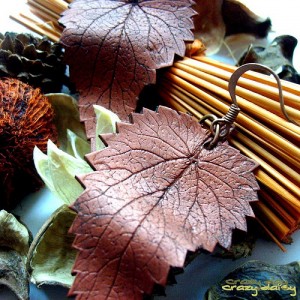


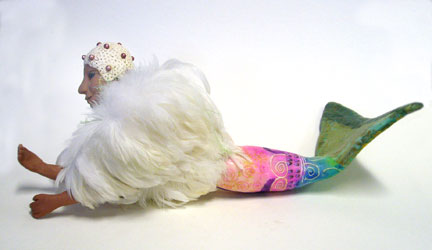
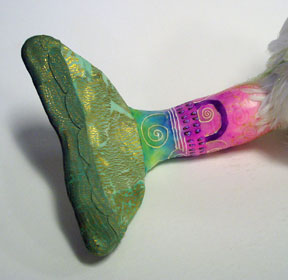
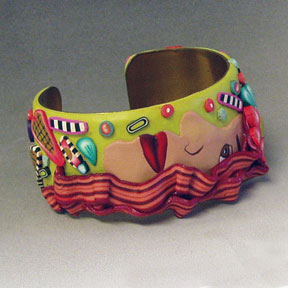

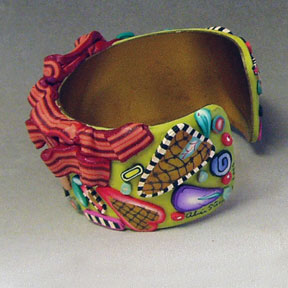

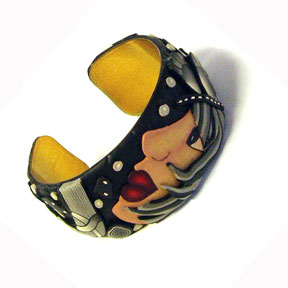
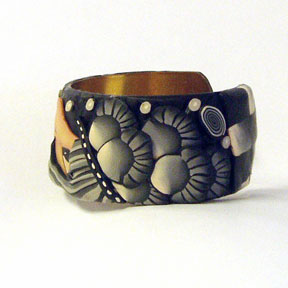
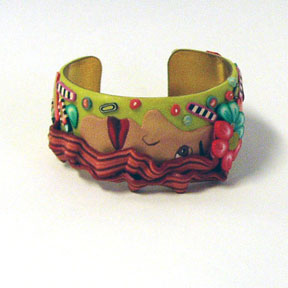

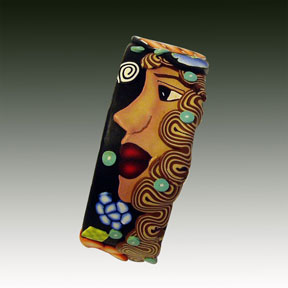
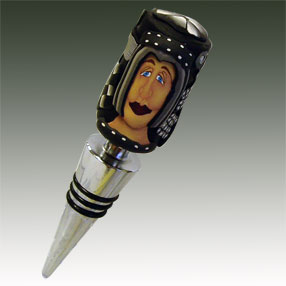
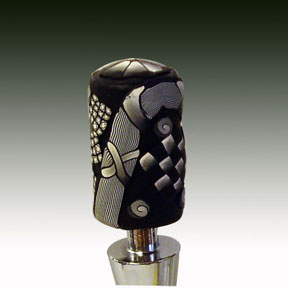

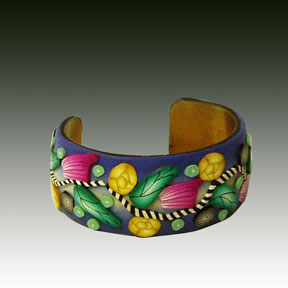
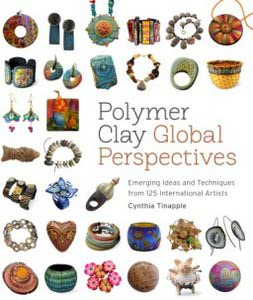
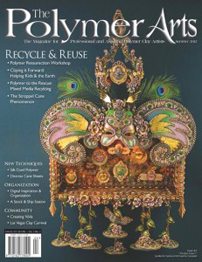
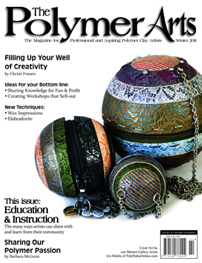
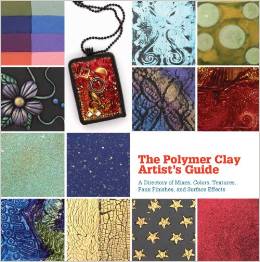
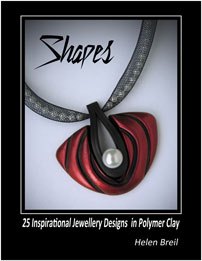
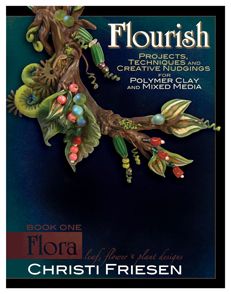
Comments